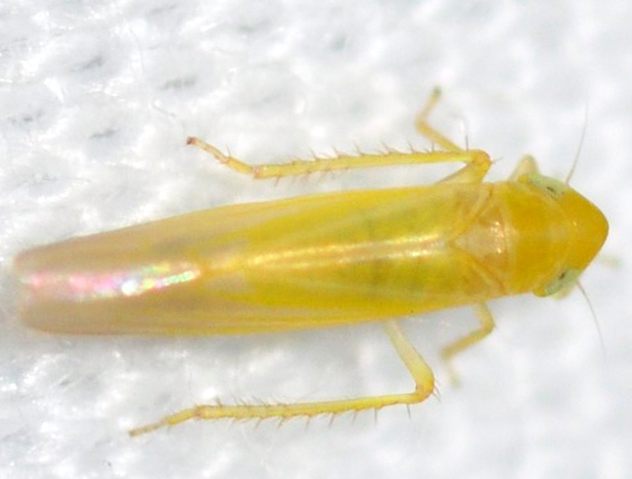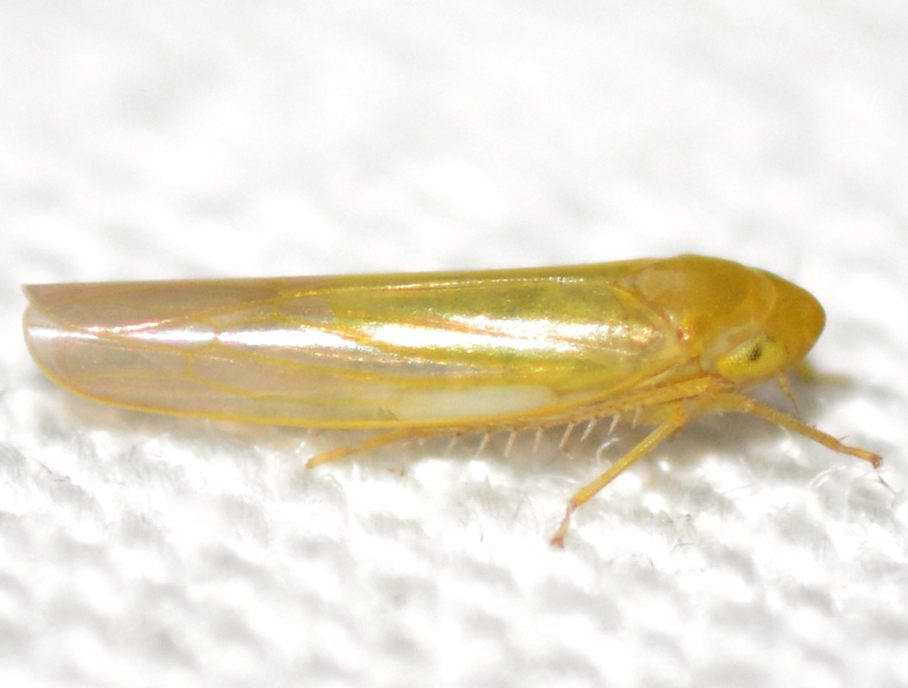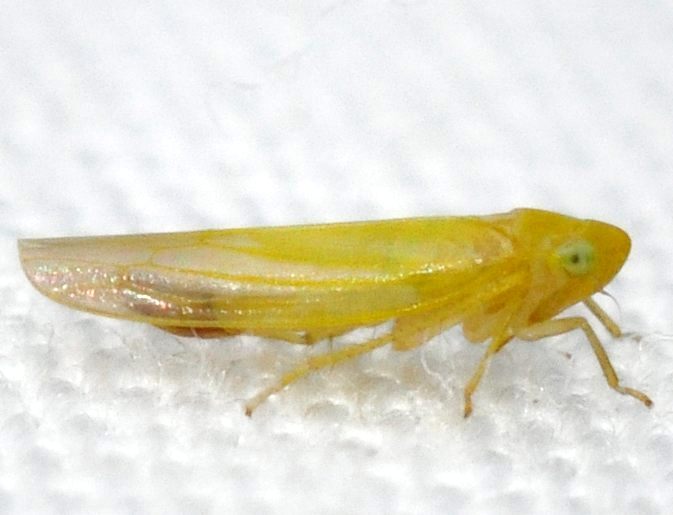| Comment: Forcipata refers to the male genitalia, which ends in forceps-like claspers. (BG)
F. loca is the most common and widespread member of this genus in North America. However, there are two other members of this genus that have apparently been recorded from North Carolina: F. acclina, from somewhere in the mountains near the TN border, and F. ohioensis (Hamilton, 1998). Forcipata can be a challenging genus to identify, as the species all more or less resemble one another externally, differing in male and female genitalia (more so in male). It is therefore pertinent to collect a male specimen to determine species identification of Forcipata in the state.
Below are the descriptions from DeLong & Caldwell, 1936 for the other two species, which can be compared with the desciption for F. loca above. Hamilton, 1998 has a more detailed key to differences in the subgenital plates. The subgenital plates for the following two species lack lobes or teeth before the tips, and the tips of the plates are not darkened; in loca, the plate apices are darkened and the plates are not notably larger than the valve. There are also slight but distinct differences in the female pregenital sternites among these three species.
acclina - Adults 3.2 mm long. Yellowish, the apex of the vertex is tinted with orange; the pronotum and scutellum are yellowish. The wing venation is yellow. The vertex is strongly produced. The female pregenital sternite is short and broad, with a broadly rounded central lobe; the lateral lobes are barely produced post the notches. The male subgenital plates are abruptly bent midway and curve inward, with the plates two times as long as the valve. The female pregenital sternite has a broad, rounded median lobe.
ohioensis - Adults are around 3 mm long. A narrow species, the vertex, pronotum, and scutellum are yellowish. The wings are a dull greenish color, with yellow veins. The female pregenital sternite has a central produced lobe that is narrow, rounded at the apex. Lateral lobes are two-thirds the length of the central lobe. The male subgenital plates are broad at the base, strongly curving inwards at the apices which are blunt; they are 1.5 times as long as the valve. The female pregenital sternite has a narrow, long median lobe with very concave lateral margins/incisions on either side of the lobe. |

 »
»



 »
»

